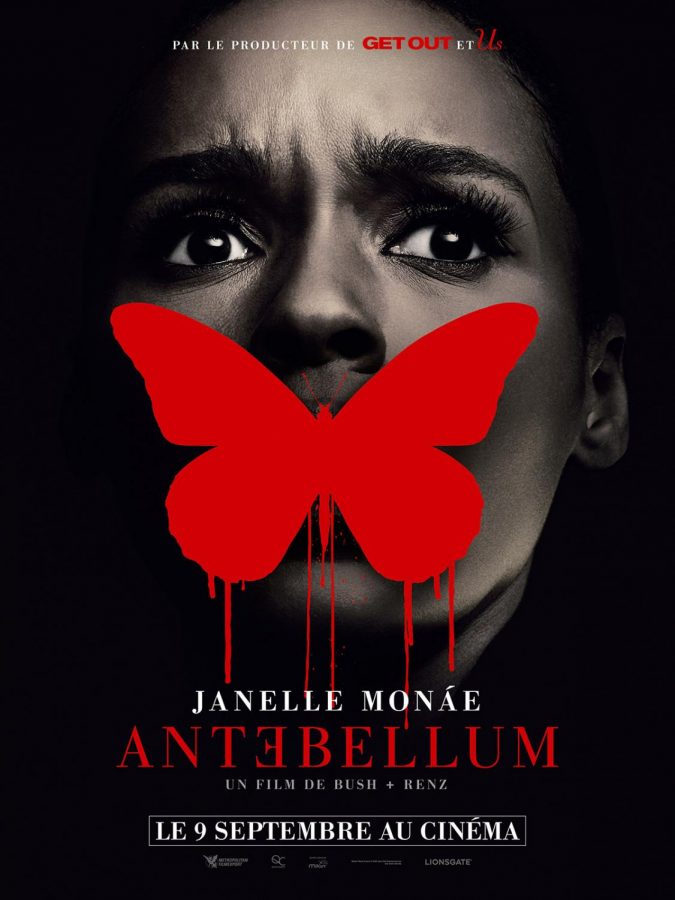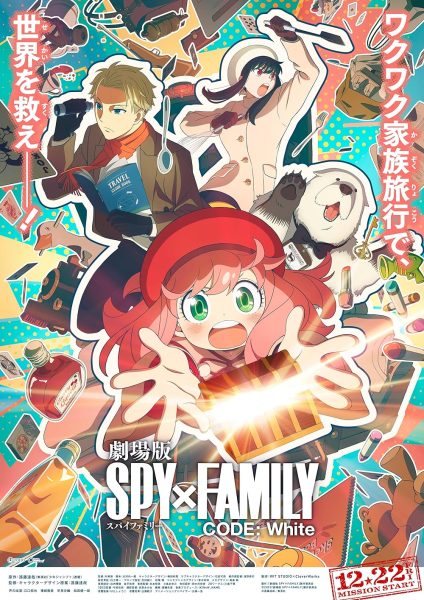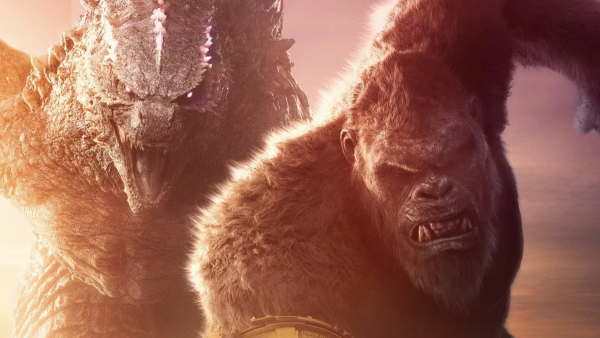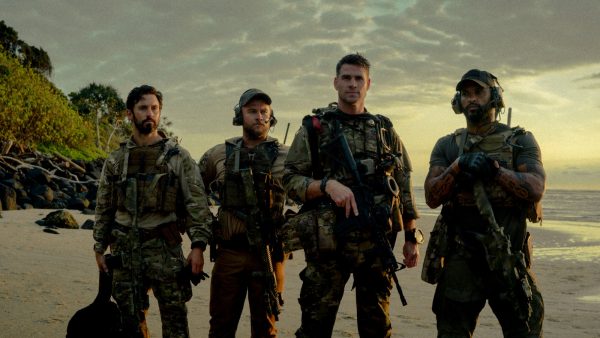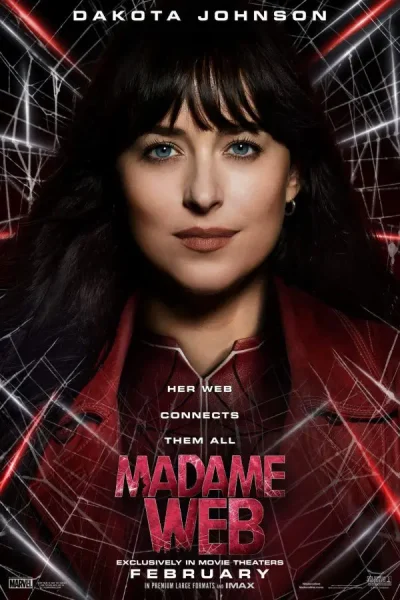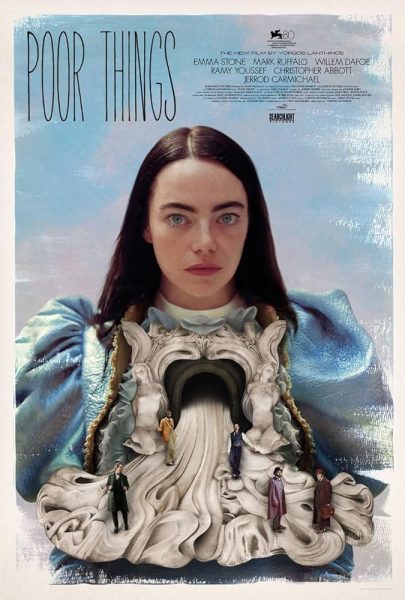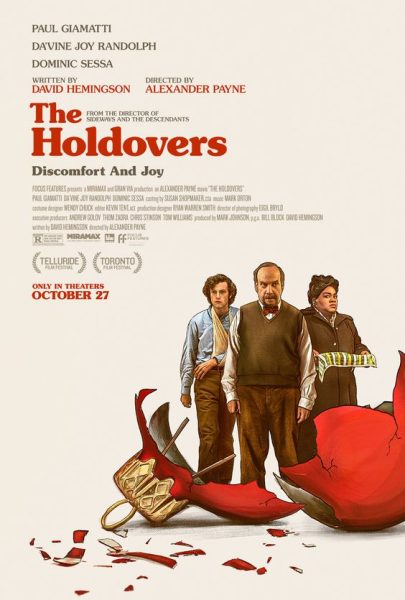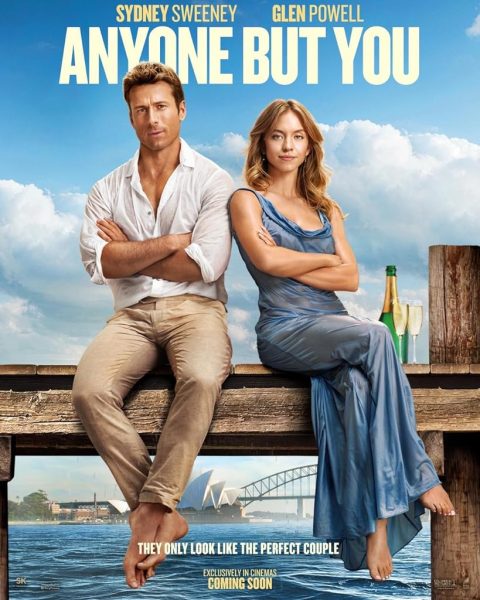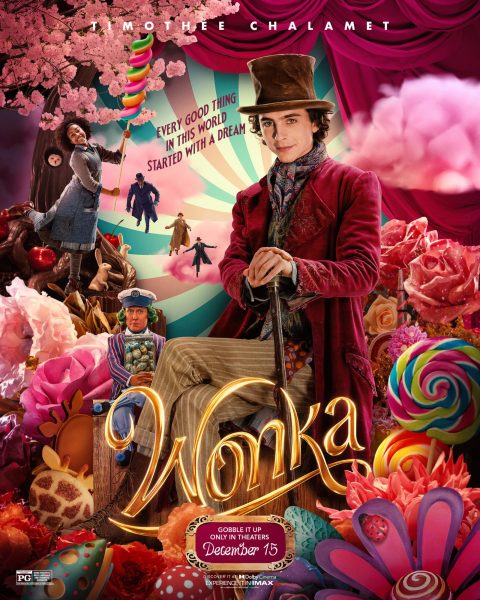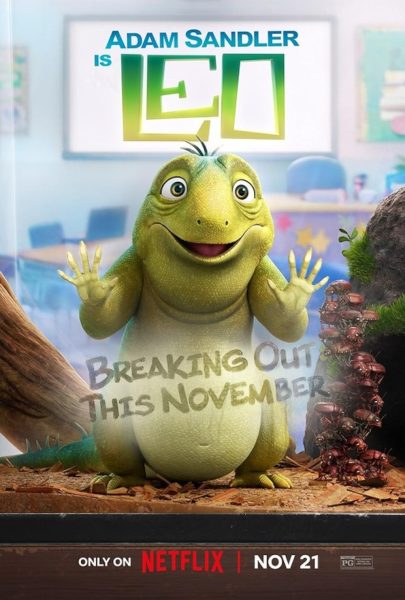The movie Antebellum was a mind-twisting depiction of modern-day racism

More stories from Meghan Kennedy
The official movie poster for Antebellum.
With the unstable political climate emphasizing the insurrection of hatred, ignorance, and racism in America, I was not psychologically prepared for the unfortunate relation the movie Antebellum has to these current events.
The introduction scene of Antebellum—a movie about the lasting impact of racism and slavery on America with unpredictable turns—opened into a sunlit yard with exuberant colors and flowers and a grandiose white home in antiquated southern fashion. A little girl—who lives in the home—is shown skipping and joyously going about her day, but then the camera shifts direction and travels through a slave plantation, basically giving an overview of the way things are run there.
To set the tone for the movie, one of the first scenes with dialogue is two slaves getting ripped away from each other by the confederate soldiers who oversee the plantation. I found this scene to be extremely difficult to watch because of the sheer pain embellished in the facial expressions of the slaves and the pure malevolence of the confederate overseers. I thought that the contrast of this event and the girl skipping at the very beginning really put into perspective the difference in the quality of life and treatment between black and white people.
Once more of the plot develops, the main character, Eden (Janelle Monáe), is introduced. Throughout the first part of the movie, Eden is the person who others come to in an attempt at escaping; she’s the one the slave-owners have to keep their eye on. Her leadership skills and intelligence are given more importance towards the middle section of the movie, but I immediately wondered why most of the slaves primarily sought out her bravery to get them out. One of the most emphasized rules on the plantation is to never speak unless given permission, so how would there be time for them to truly know Eden as a person and let alone know what she is capable of doing?
The rage, the justice, the sovereignty, and the intensity encouraged my tears and the reflection on racial injustices experienced in the past and dismally enough, the present.
As the movie carries on, the whereabouts of Eden become more prevalent. In one scene, she is drifting off to sleep as one of the confederate soldiers is lying next to her, but then, surprisingly enough, a cell phone rings, and she indefinitely “wakes up” into reality–in current times. The transition between realities from the plantation to her actual house completely torqued my mind. I have never seen anything like that before in a movie and I thought it was outright brilliant.
As Eden wakes up in her bed all of a sudden, she is addressed by her real name, Veronica. But, Veronica? What about the name Eden? My mind did yet another backflip trying to figure out what was going on. But since I am very familiar with the works of the producers of this movie, I knew everything would mesh together at one point, so I made sure to stay aware of the small details that could give more insight into what was going to happen.
Well, I sure am glad I did that.
As the new and juxtaposed plot line progressed further, apparently Veronica is a noted author, speaker, and advocate for racial equality and feminism, and is common in the public eye. She has a published book about racial inequality in America, and the cover has a watercolor version of a butterfly. There are many times throughout the movie where butterflies are present, as well as on the cover of the movie, where Janelle Monae’s mouth is covered by a solid red-colored butterfly. From my knowledge, butterflies represent rebirth and change, which strongly alludes to multiple aspects of this movie and its meaning behind racism in America and how that urgently needs to change. There are also a couple more hidden symbols scattered throughout Antebellum in both Veronica’s and Eden’s actualities that need to be keenly paid attention to.
Another addition to the frequent symbolism is certain people and era-specific aspects that make presences in the modern existence of Veronica. The energy regarding them is always on edge and regularly seems off-beat. The expressions exchanged between people and the dialects and patterns in which they are spoken raise a lot of uneasiness and speak loud volumes in a quiet manner. There is always a lingering sense of disorientation cast over the timeline and order of events.
The only downside to this movie is that there is not much background information given on certain circumstances, but I personally like it when things can be left up to interpretation. Also, the trailer is slightly misleading in the sense that is portrayed to be a horror movie. Yes, so many facets of Antebellum relating to slavery, violence, and the overall timing of the movie are scary based on the realness of them, but there are no real terrifying moments in it that lead the viewer to actually be scared like a true horror movie. But on the other hand, this movie does not even need any supernatural elements to make it seem scary because the slow-burning buildup of mystery left me actually trembling. On multiple occasions, I felt my body tensing up, and I had to turn away because the suspense was killing me.
But one of the most eerie parts of the entire movie was the quote shown in the beginning credits. The quote, by William Faulkner, says, “The past is never dead. It’s not even past.” The only thing I can say is to keep this in mind the entire time. It will make a great deal of sense after the absolutely insane twist in the back half of the movie.
As the movie wraps up, the last twenty minutes make up the most nerve-racking yet powerful scene I’ve experienced in a long time. The acting was impeccable and every piece of the puzzle conjoined. The rage, the justice, the sovereignty, and the intensity encouraged my tears and the reflection on racial injustices experienced in the past and, dismally enough, the present. When the movie cut, I was—in no other way to describe the feeling—speechless. It all just made sense and yet left food for thought. Veronica left the screen with so much overcome pain and rage stained on her face, further boosting the racial and female empowerment the movie strives to accentuate.
I am by no means a movie critic, but I thought the way every detail tied together was incredible. This movie seems a little too real, and some aspects of it are completely possible regarding the ongoing patterns of racism in America. I only hope that this movie could embolden the changes that need to happen in this country, but all in all, Antebellum gave my brain a protractedly intense workout and spurred my deepest emotions.

Meghan. also known as Meggie, is living up her senior year on The Central Trend. Starting out with a new role as Podcast Manager, Meggie is looking forward...





















































































